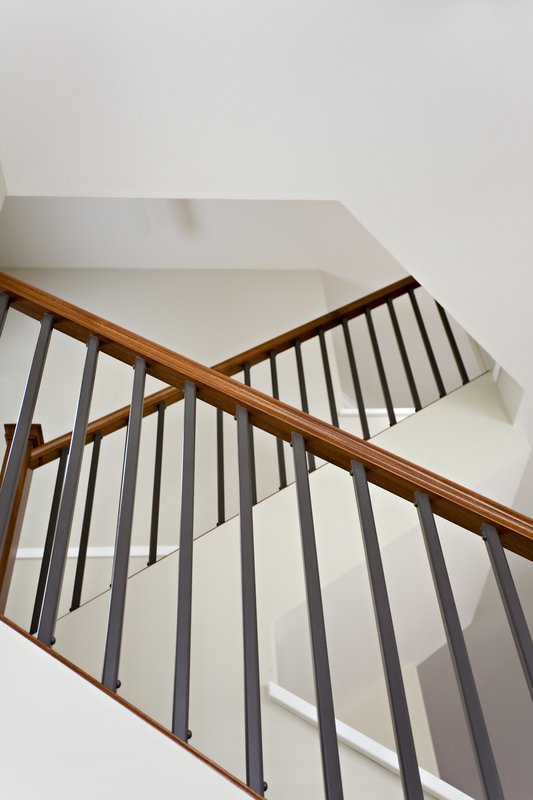What would a staircase be without a bannister or handrail, other than a potential deathtrap! The steps are obviously crucial, but without a railing to keep you safe as you go up or down the stairs, they can become a risky undertaking.
However great your staircase looks, it needs a wooden bannister or handrail to really make it stand out. It’s an underestimated aspect of interior design, but there are a multitude of ways to really bring out your creative side.
A wooden bannister design doesn’t have to be there for the sake of it. With the right design, it can really enhance your home and is a cool way to stamp your personal mark on an often overlooked part of your home. Let’s take a look at some interesting ideas you can use on your wooden staircase to make going up, or downstairs, a whole new experience.

Why Should I Invest in a Bespoke Wooden Bannister?
For all the materials you can use for staircases, whether it’s the steps, handrail or the bannister, wood is the most flexible in terms of options. From the spindles and finials to the handrail itself, you can shape it, colour it and finish it in an almost endless amount of styles, colours and designs. This level of creativity alone means you can really express yourself when it comes to building something amazing.
Most people will want their staircase to reflect their home. Houses built in the Victorian era will have seen the panelled posts stained to match the handrails and trim to add a sense of importance. By also using contrasting colours for the balusters, you can create a real statement that firmly roots your home in its period setting.
While we’re on the subject of contrasts, a wooden handrail that is painted in a strong colour that differs from the rest of the room can make a strong design point. It’s also a relatively cheap decorating idea but looks amazing.
If your home is more contemporary, or that’s the style you’re going for, then a handrail that’s more streamlined can look great. It can be easily achieved with some inexpensive lumber stained with dark wood treatment. This looks especially good if you’ve only got short spans on a curved or turned staircase. You can also install plexiglass as a balustrade if you’ve got children around the house.
Let’s face it, most staircases are pretty boring to look at. The traditional staircase with its vertical balusters are ok, but you’re not limited to that by any means. The bannister can be enhanced by changing the spindles underneath it. From the ‘standard’ vertical type, you could instead opt for a lattice effect, glass or metal going either horizontal or vertically.
Once you’ve chosen your handrail design, it’s equally important to consider which side of the staircase to install it. In commercial premises, they need a handrail on both sides for safety, but at home, it’s not always that easy. It’s rare that stairs in the residential properties are fully walled on both sides, so it’s usually a good idea, if possible, to have the bannister on the right as you go down the stairs.
Of course, houses come in all sorts of shapes and sizes, so it’s only natural that staircases will as well. To truly create a staircase, complete with wooden handrails, that looks amazing it really needs to be made bespoke. This will ensure that not only will it look fantastic, but it will fit perfectly and be constructed robustly for you, and only you. A bespoke staircase might be the only thing where even its ‘downside’ has an upside.
If you’d like to find out more about how we can help you transform your staircase, get in touch today. You can give us a call on 01865 303077 or pop us an email via our contact form.
